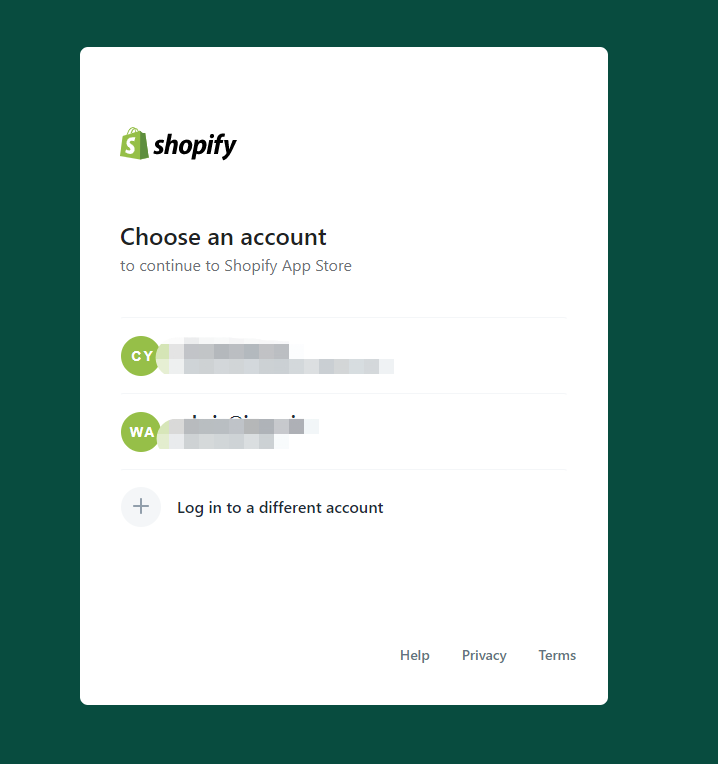How does dropshipping generate profits?-Tapstitch
**Understanding Dropshipping Profitability
Dropshipping profitability typically ranges from 15% to 20%, depending on various factors such as niche selection, product pricing, and marketing efforts. To succeed in this competitive landscape, it's crucial to make informed decisions and partner with reliable suppliers.
Choosing Profitable Products
Your dropshipping profitability hinges on the products you choose to sell. Opting for items with high demand and limited availability or those with generous markups can significantly boost your profits. Popular niches like clothing, accessories, and health and beauty products often yield impressive returns, but they also come with fierce competition.
Calculating Profits: Revenue - Costs = Profit
To accurately assess the health of your dropshipping business, it's essential to understand the costs involved. The primary expenses include product costs, shipping fees, and platform fees.
Product Costs: Your product costs entail purchasing items from your supplier. Aim for products with a substantial margin between wholesale and retail prices to cover all expenses and ensure a healthy profit margin. Shipping Costs: Consider the shipping fees associated with delivering products to your customers. Offering free shipping can attract more buyers, but it's essential to factor in these costs when setting product prices. Platform Fees: Ecommerce platforms like Shopify or WooCommerce come with recurring fees and transaction charges. Be mindful of these costs when selecting your preferred platform for dropshipping.
Generating Revenue
To drive sales and maximize revenue in your dropshipping business, consider implementing the following strategies:
Markup Strategies: Set competitive yet profitable prices for your products using markup strategies such as cost-plus pricing or value-based pricing. Research your target market and adjust your pricing accordingly to attract customers while maintaining healthy profit margins. Upselling and Cross-selling: Encourage customers to spend more by offering upsells and cross-sells during the checkout process. Recommend complementary products or premium versions of their chosen items to increase the average order value and boost your earnings. Building Customer Loyalty: Invest in excellent customer service and loyalty programs to foster repeat business. Promptly address customer inquiries, communicate transparently about delivery times, and offer incentives for loyal customers to keep them coming back for more. In conclusion, dropshipping can be a highly profitable venture when approached strategically. By carefully selecting your products, managing costs effectively, and implementing revenue-boosting tactics, you can maximize your earnings and build a successful dropshipping business in today's competitive market





